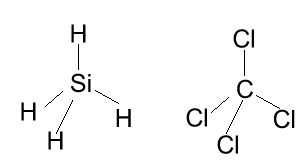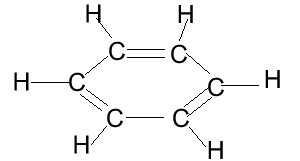Molecular symmetry
Symmetrical molecules are non-polar. Below are some symmetrical molecules, as constructed with a molecular model kit, shown on the right.
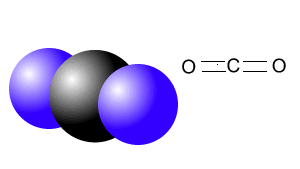
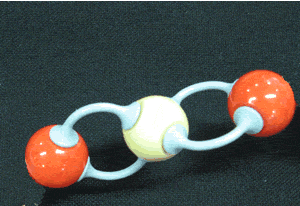

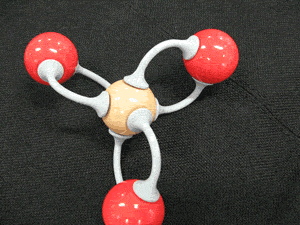
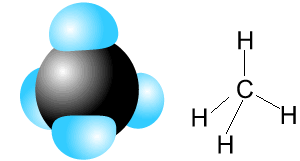
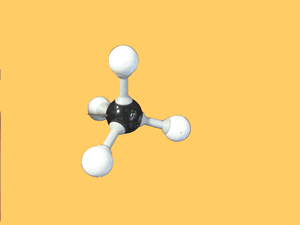
Other symmetric molecules of this type include SiH4 , CCl4, CF4 and any other arrangement of four identical atoms around a carbon atom.
.
